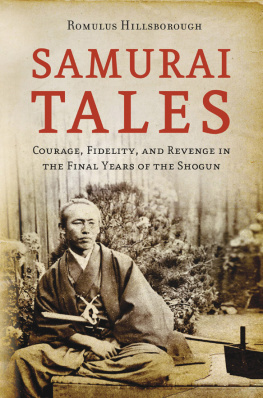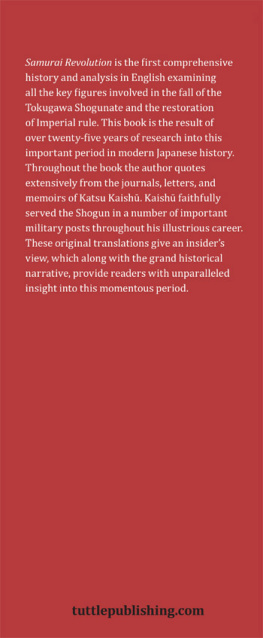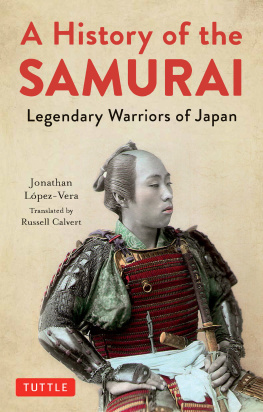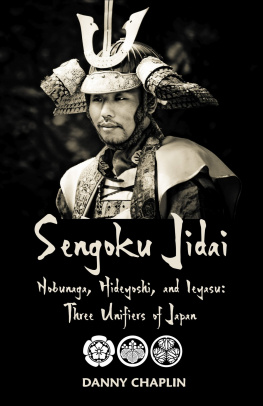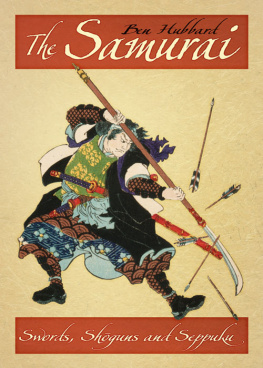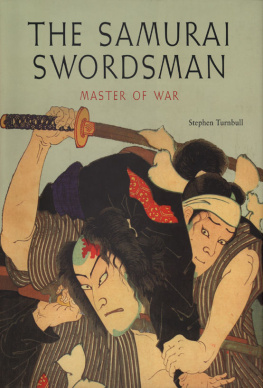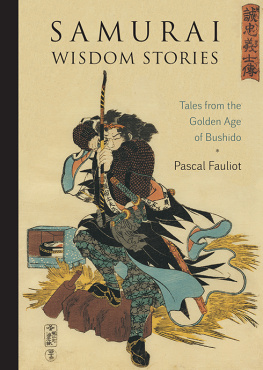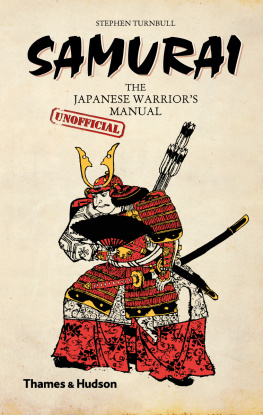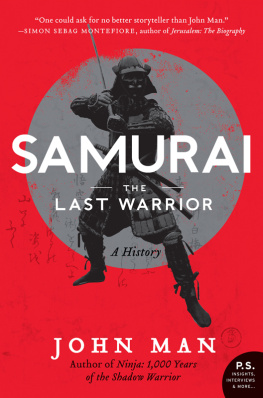
For Minako and Matthew Rynosuk
In memory of my mother
There are but few important events in the affairs of men brought about by their own choice.
Ulysses S. Grant
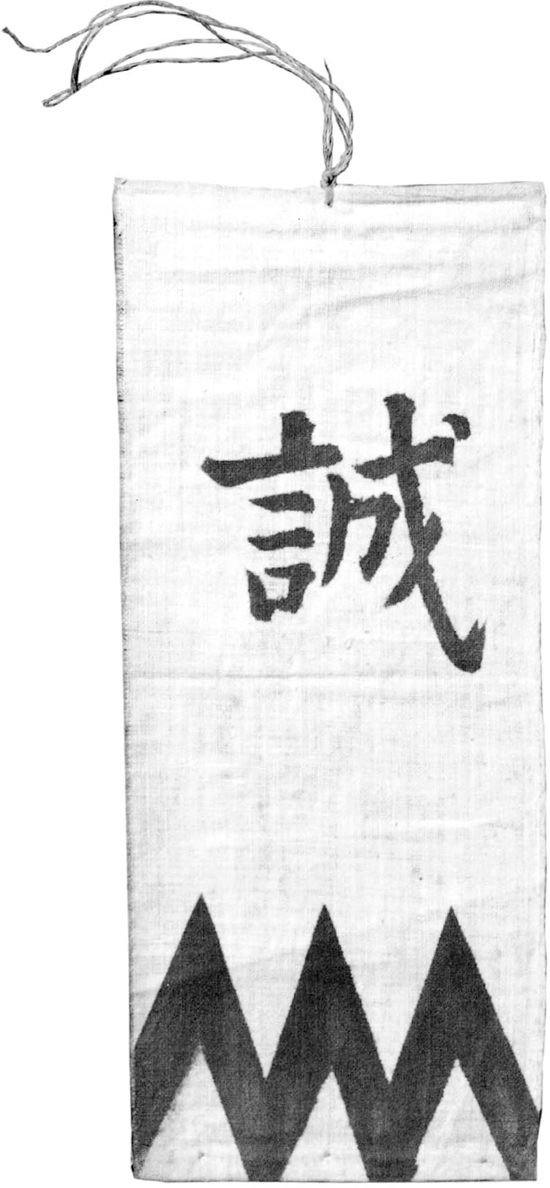
Miniature Shinsengumi Banner
(original; courtesy of Hijikata Toshiz Museum)
LIST OF PHOTOGRAPHS
: Miniature Shinsengumi Banner (original; courtesy of Hijikata Toshiz Museum)
: Shinsengumi Commander Kond Isami (Courtesy of the descendants of Sat Hikogor and Hino-shi Furusato Hakubutsukan Museum)
: Shinsengumi Vice Commander Hijikata Toshiz (Courtesy of the descendants of Sat Hikogor and Hino-shi Furusato Hakubutsukan Museum)
: Shinsengumi Banner (replica; courtesy of Hijikata Toshiz Museum)
: Kond Isamis black training robe (original; courtesy of Masataka Kojima)
JAPAN
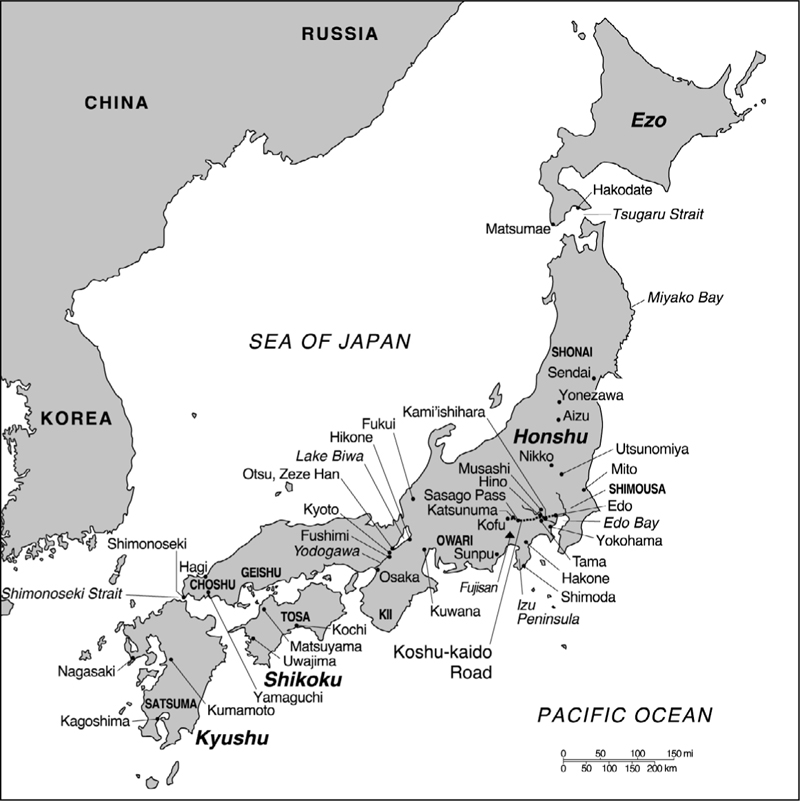
EDO AND VICINITY
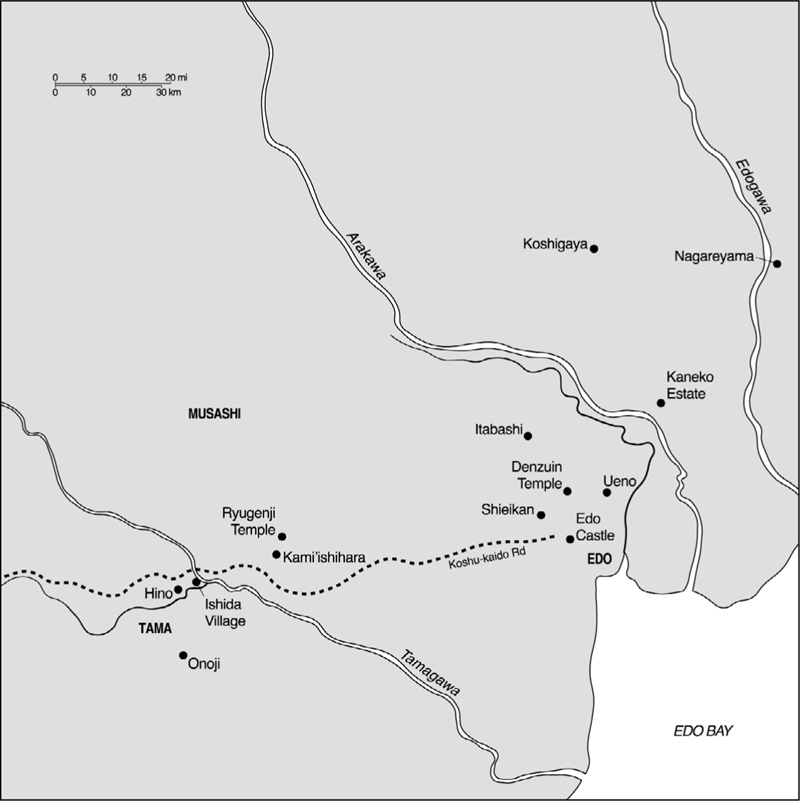
KYTO
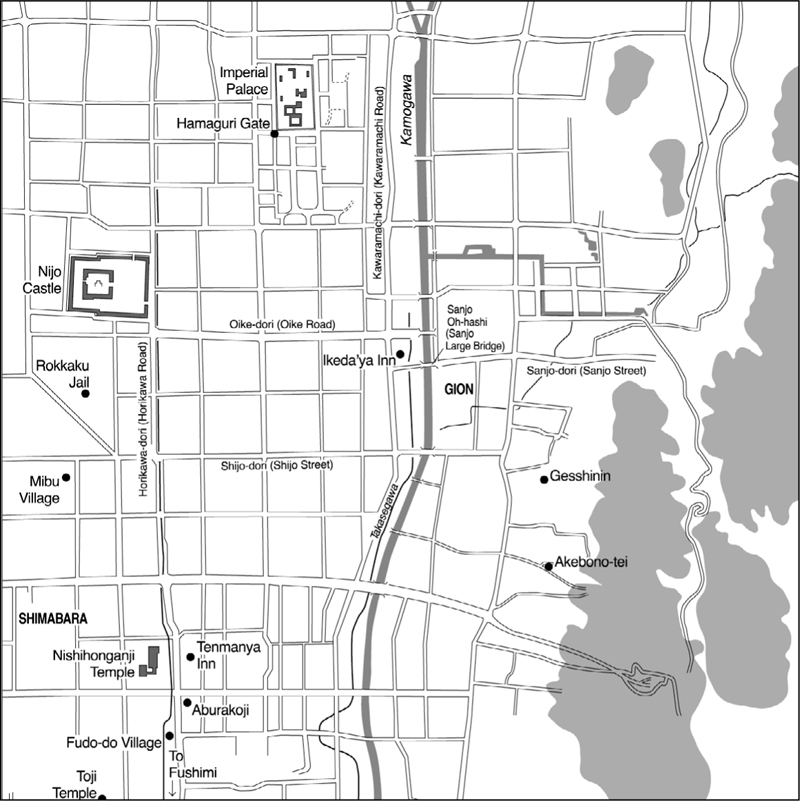
EZO
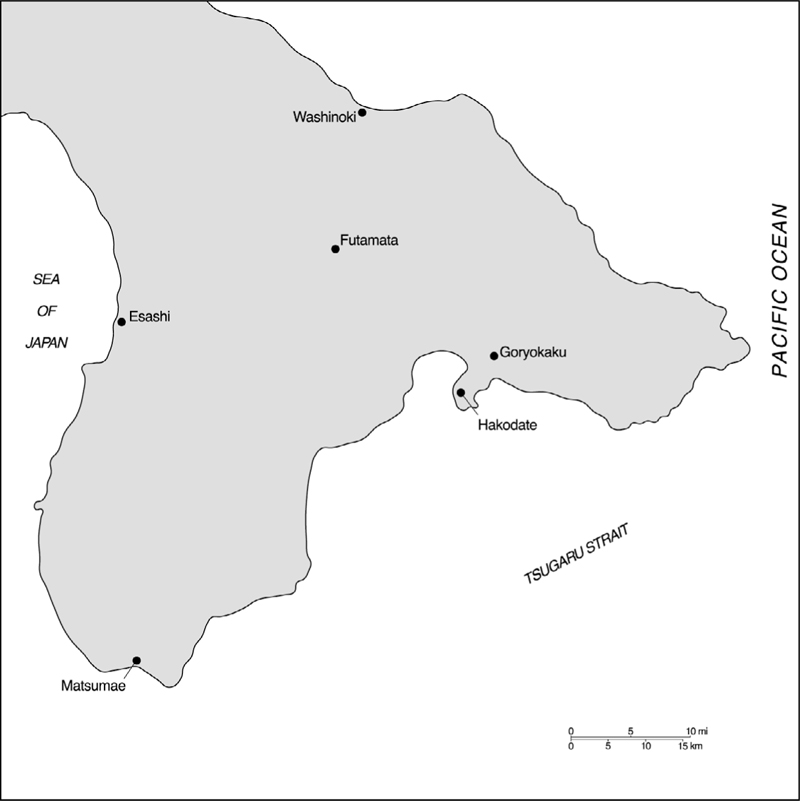
NOTE ON JAPANESE PRONUNCIATION
The pronunciation of vowels and diphthongs are approximated as follows:
| a | as in car |
| e | as in pen |
| i | as in police |
| o | as in low |
| u | as in sue |
| ai | as in sky |
| ei | as in bay |
| au | as in now |
| ii | There is no English approximation of this sound. There is a slight pause between the first i and the second i. |
An e following a consonant is not a hard sound but rather a soft one. This is indicated by an accent mark (). For example, sak is pronounced sa-kay, and Ikdaya as ee-kay-da-ya. An e following a vowel is also indicated by an accent mark () and pronounced similarly. For example, the place name Uno is pronounced oo-ay-no, and Iyasu as ee-ay-ya-su. The long vowel sounds (in which u or o are extended) are indicated by and , respectively, as in Kaish and Kond. There are no English approximations of these sounds. They are included to distinguish between the short u and o, as in Shinsengumi and Edo.
There are no English approximations for the following sounds. They consist of only one syllable.
ryo
myo
hyo
kyo
ryu
kyu
tsu
There are no English approximations for double consonants, including kk (Nikk), ss (Gesshinin [temple]), tt (Hokushin Itt style [of fencing]), and nn (Tennen Rishin style [of fencing]). They are distinguished from single consonants by a slight fricative sound.
AUTHORS NOTE
For the sake of authenticity I have placed Japanese family names before given names (except for the names of twentieth-century writers quoted in the text) and have used the Chinese calendar rather than the Gregorian one to preserve the actual feeling of mid-nineteenth-century Japan. For claritys sake, Japanese dates and era names are generally accompanied by the corresponding years in the Western calendar. For easy reference, I have included a short Table of Era Names and Their Corresponding Years in Western Chronology after the appendixes. I have romanized Japanese terms when I felt that translation would be syntactically awkward or semantically inaccurate. These romanized terms, other than names, are italicized the first time they appear, except for words such as samurai and geisha, which are included in the lexicon of modern American English. I have translated terms, including proper nouns, that I thought would lend themselves favorably to English. I have not necessarily adhered to translations of terms that have been used by other writers. I have not pluralized Japanese terms, but a plural or singular meaning should be clear from the context in which a term is used. For example, a samurai is singular, whereas many samurai is plural.
I have written a brief Historical Background, preceding the first chapter (Loyal and Patriotic Corps), to give readers a basic foundation by which to better comprehend this intricate history. Unlike in my previous books, I have included a bibliography and source notes, although most of my sources are in the Japanese language. All English renderings of historical Japanese documentsincluding poems, letters, diaries, memoirs, and recollectionsare my own translations. For the benefit of readers who have trouble keeping track of Japanese names and terminology, I have included a Glossary of Japanese Terms after the Table of Era Names.
I express my sincerest appreciation to Mr. George L. Cohen for his invaluable and painstaking work in editing the original manuscript; to Mr. Masataka Kojima, direct descendant of Kojima Shikanosuk and curator of the Kojima Museum, for his kind permission to use the photograph of Kond Isamis training robe and for providing me with an insight into this history that cannot be had from written materials alone; to Ms. Chi Kimura, direct descendant of Hijikata Toshizs elder brother, for her permission to use the photo of the original miniature Shinsengumi banner and for her special effort in photographing a replica of the Shinsengumi banner for use herein; to Ms. Fukuko Sat, direct descendant of Sat Hikogor, for sharing with me an anecdote of Hijikata Toshizs last days and for her kind permission to use the photos of Kond Isami and Hijikata Toshiz; to Ms. Mariko Nozaki for her assistance in the translation of archaic Japanese. Finally, I would like to extend special thanks to Mrs. Tae Moriyama, my Japanese teacher, without whose dedicated instruction nearly a quarter century past I might never have gained sufficient knowledge of the Japanese language to comprehend this complicated history; and to Mr. Tsutomu Ohshima, chief instructor of Shotokan Karate of America, whose invaluable teachings over these past three decades have provided me with an occasional and sudden bright flash of insight into the hearts and minds of the samurai depicted herein.
PREFACE
This book is about bloodshed and death and atrocity. It is also about courage and honor and fidelity. It explores some of the darkest regions of the human soul, and some of its most noble parts. The underlying themes in this historical narrative of the Shinsengumi are the extraordinary will to power and sense of self-importance of the leaders of that most lethal samurai corps, and the unsurpassed propensity to kill instilled by them into the rank and file.
The leaders of the ShinsengumiKond Isami and Hijikata Toshizare among the most celebrated men in Japanese history. Much has been written about the Shinsengumi, by acclaimed writers of Japanese history and by former Shinsengumi corpsmen. They have also been widely depictedand romanticizedin numerous novels, period films, and, more recently, comic books and animation. In writing this first English-language narrative of the Shinsengumi, I have given precedence to capturing their essence and the main events of their history, rather than merely rewriting the tedious facts of their history. I have concentrated on the spirit of the Shinsengumi and their place in history, rather than on trivial details, particularly for situations in which my numerous sources contradict one another with disconcerting frequency.
Next page

